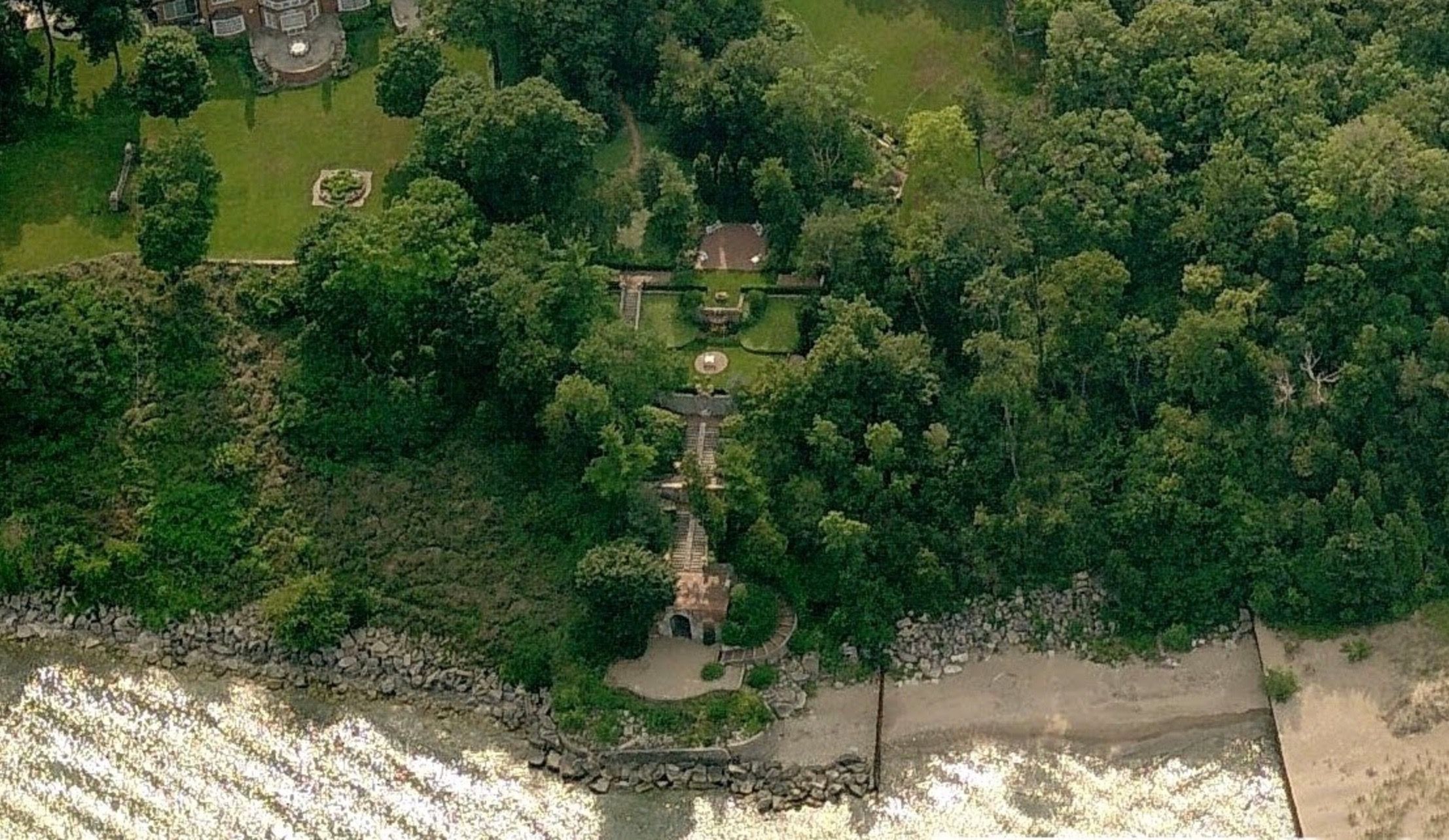Villa Turicum: Opulence and Melodrama
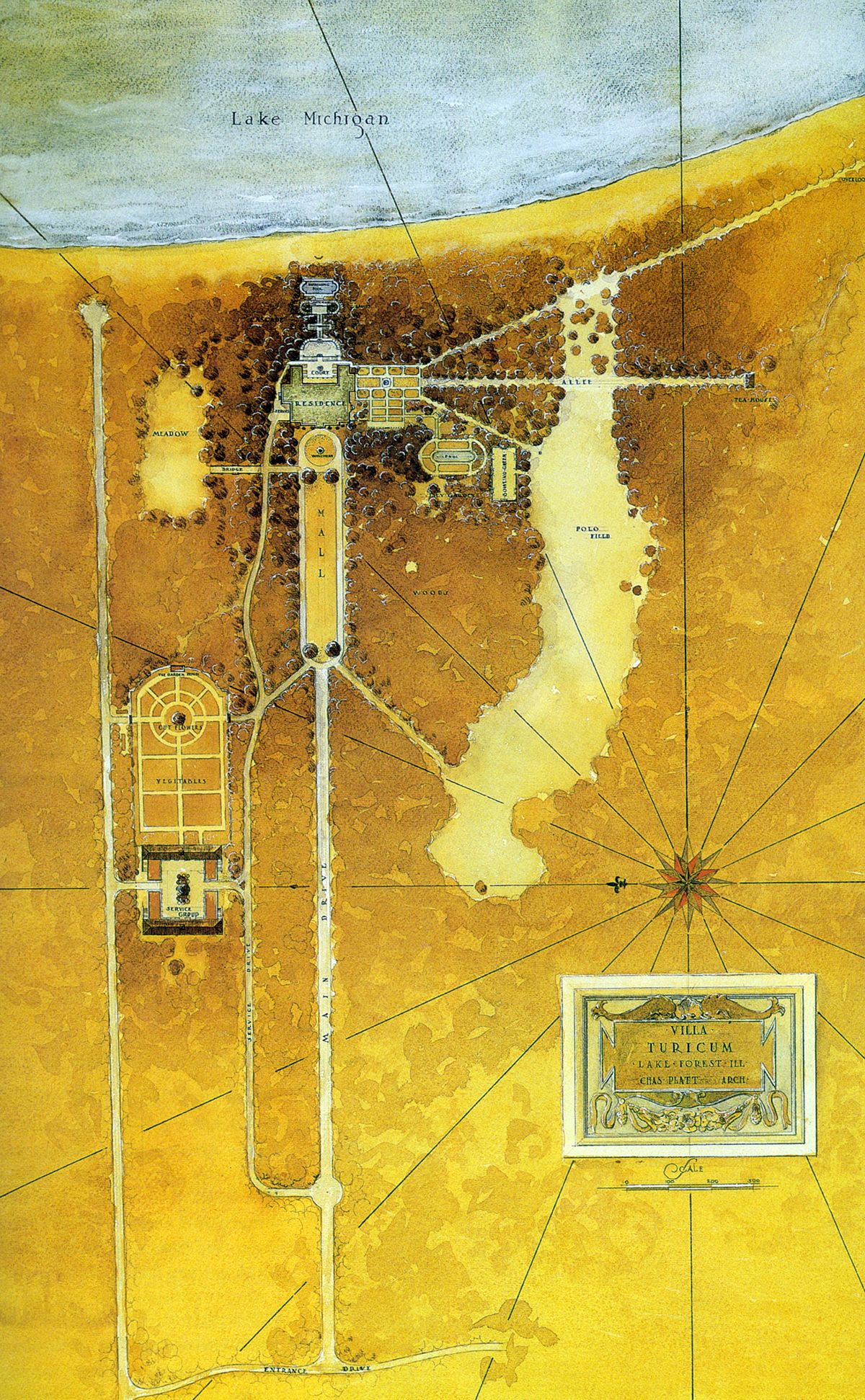
Year built: 1908-1918
Architect: Charles Platt
Original owners: Harold and Edith Rockefeller McCormick
Villa Turicum is perhaps the best known of Lake Forest’s country estates, not least for its convergence of symbolic opulence with family melodrama. The 260-acre property, perched grandly on a bluff overlooking Lake Michigan, was purchased in 1907 by Harold Fowler McCormick and Edith Rockefeller McCormick.
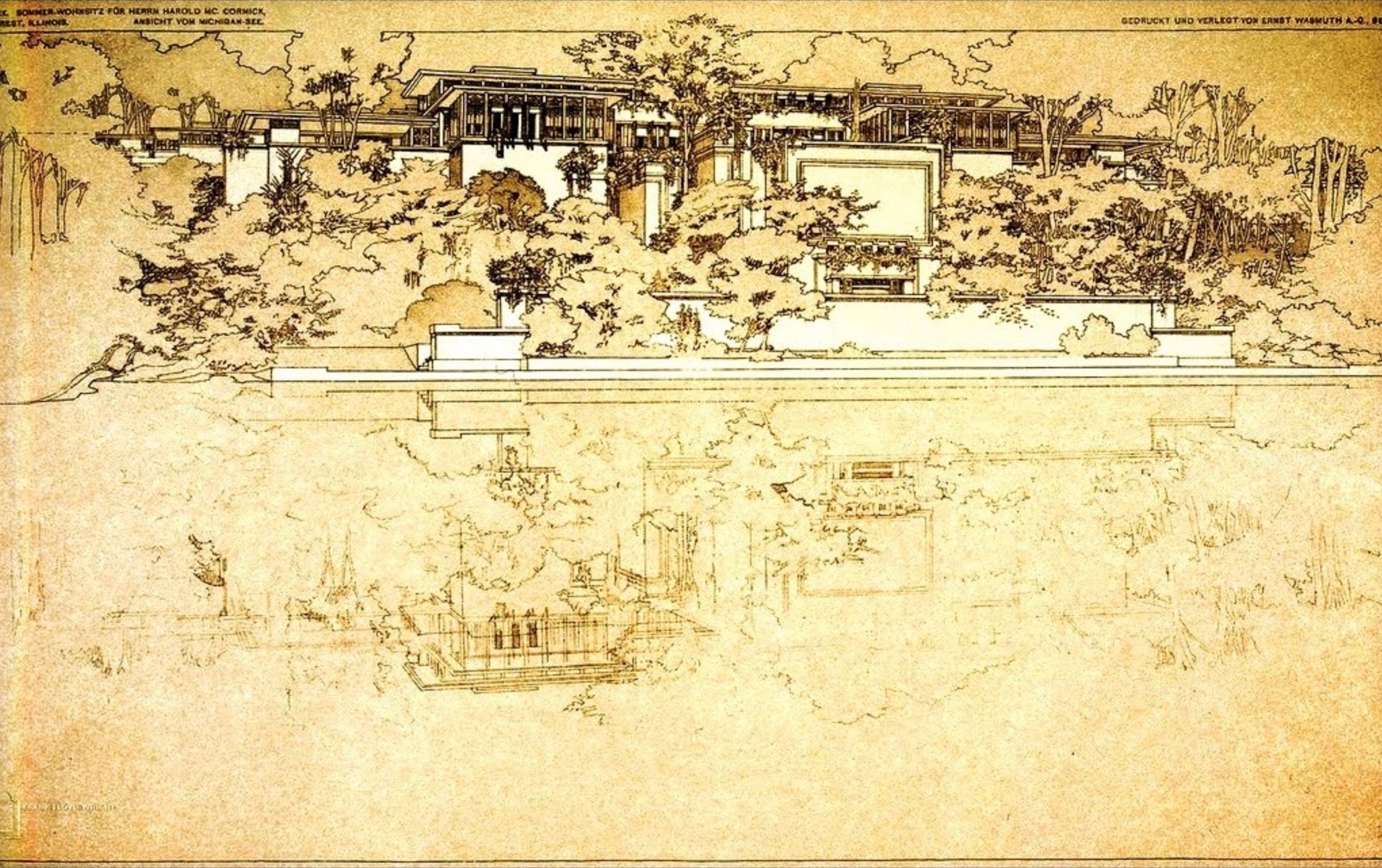
Before New York architect Charles A. Platt began work on their 40-room Italianate villa, the McCormicks considered a design by Frank Lloyd Wright. His product could have been a zenith of Prairie design: varied levels running in complement to the bluffs; an open plan inviting nature inside through glass walls. But it was not to be. Edith rejected her husband’s progressive inclination and placed the commission in Charles Platt’s more traditional hands.
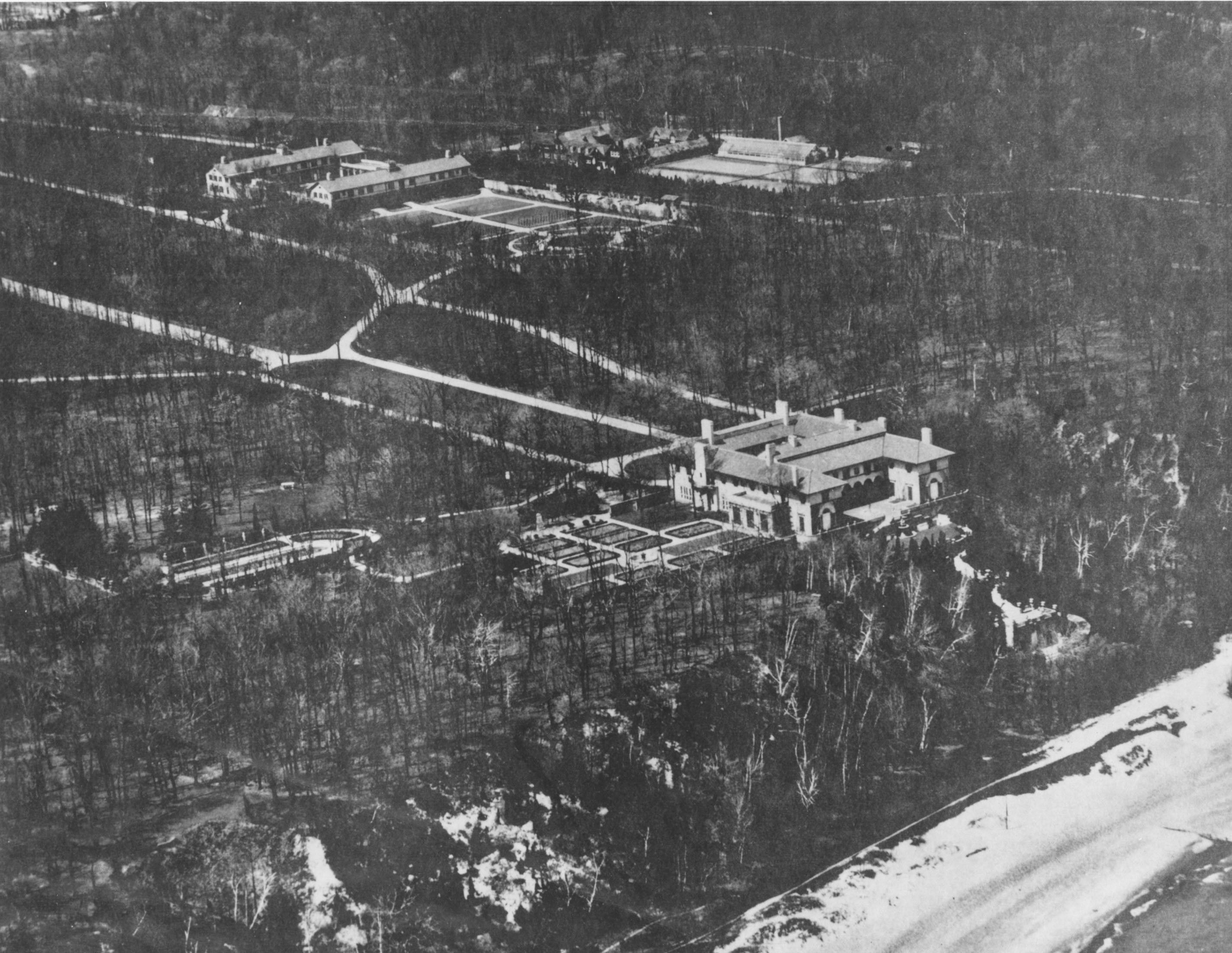
Bitter at the rebuff, Wright is alleged to have called Platt “a very dangerous man—he does the wrong thing so well.” Platt’s “wrong thing” came to be known as one of the most magnificent country places in America. The result was a 44-room mansion finished in 1912 with numerous outbuildings and vast formal gardens laid out to Platt’s specifications.
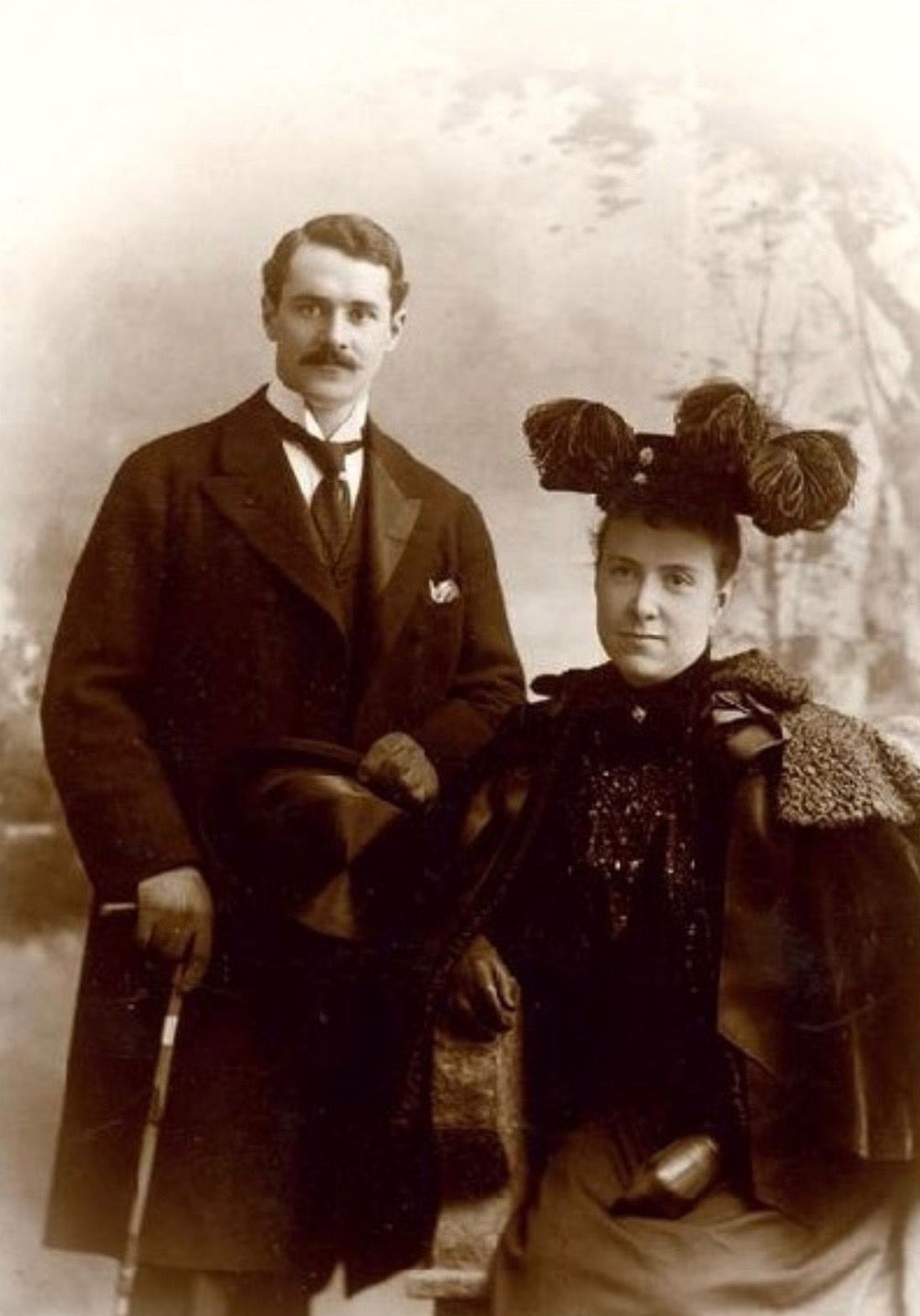
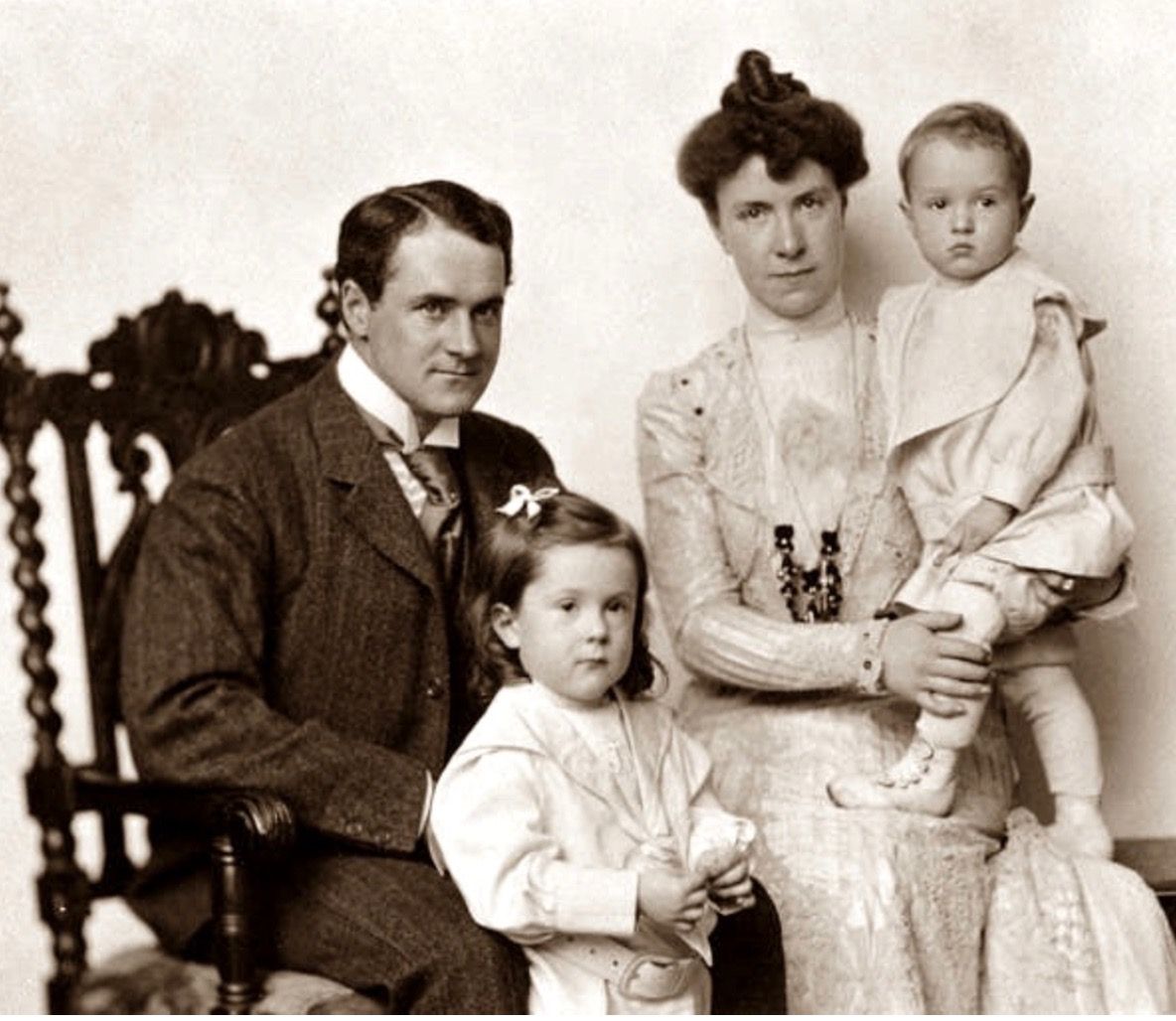
Villa Turicum, which translates to “settlement on the water,” was just south of Walden, the large country estate that belonged to Harold McCormick’s brother, Cyrus McCormick, Jr. They were sons of Cyrus H. McCormick, the inventor of the McCormick Reaper. Edith Rockefeller McCormick, fourth daughter of Standard Oil co-founder, John Rockefeller, was one of the richest women in the world. She had the fortune to build Villa Turicum, spending $2 million on the land and $5 million more on construction - roughly $50 million and $126 million in today’s dollars.
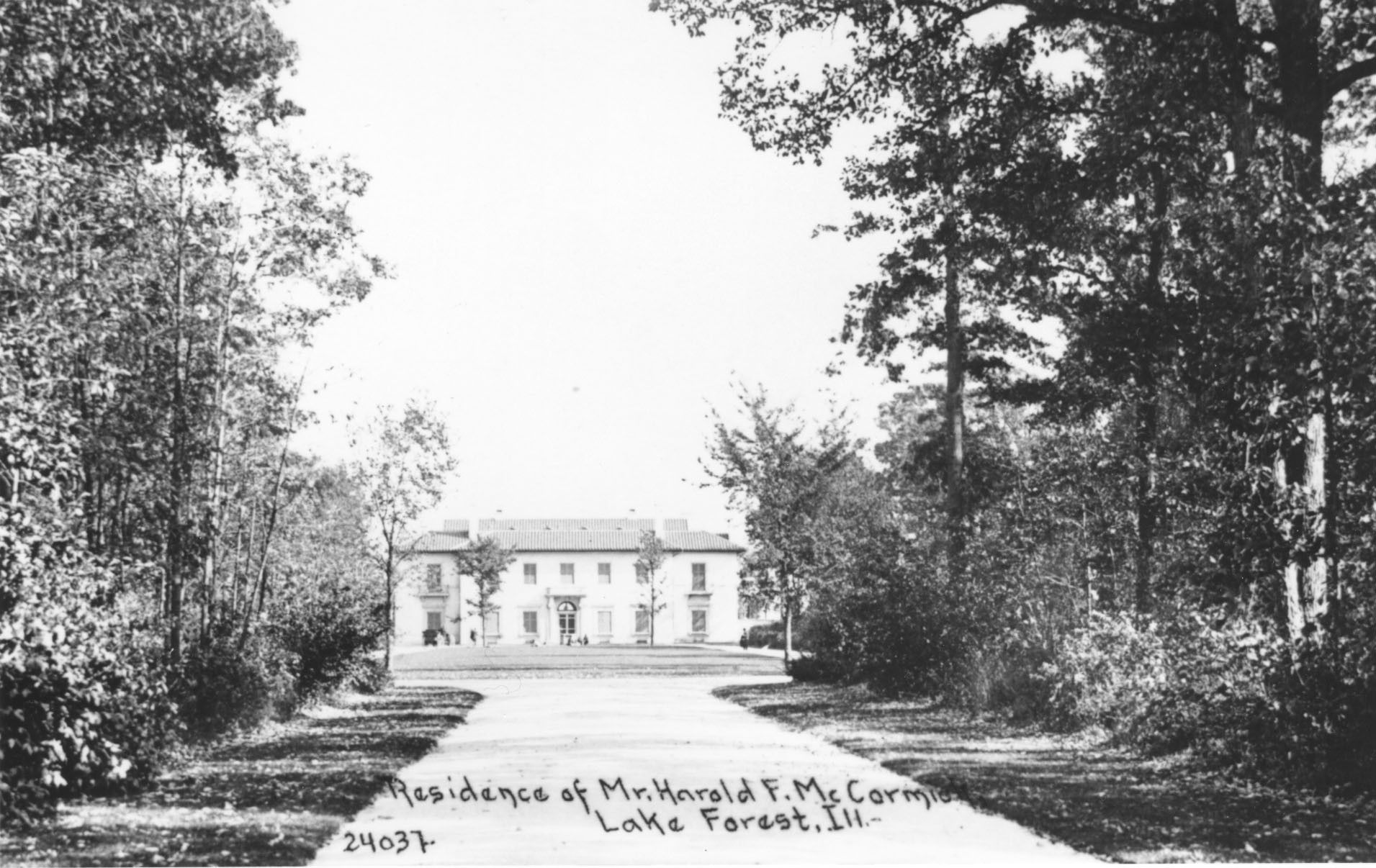
Villa Turicum featured a formal entrance drive that opened onto a long mall lined with elm trees. To the northwest were the service buildings and cut flower and vegetable gardens.
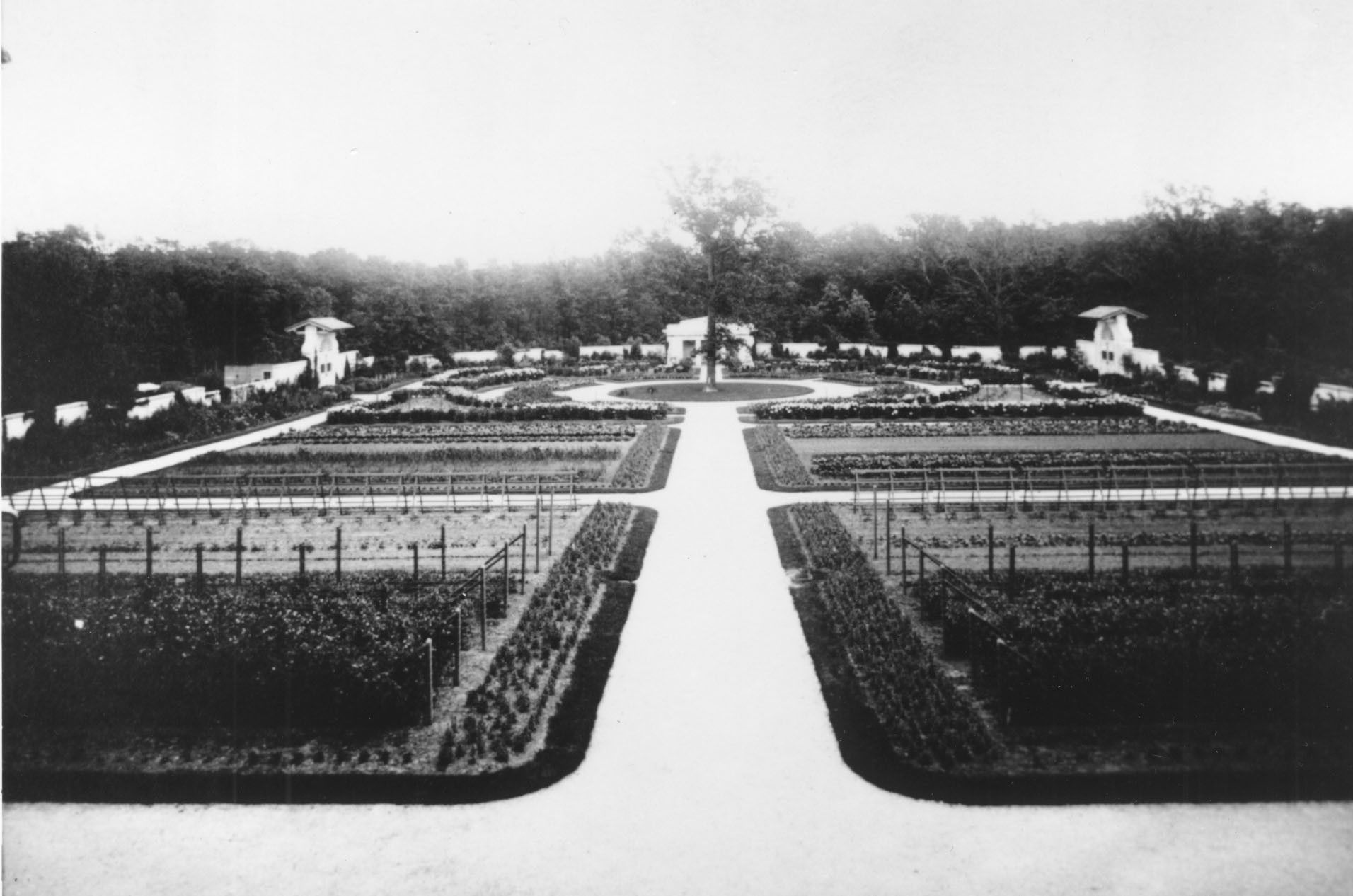
There was a long view to the south of the manor, through formal gardens and a reflecting pool, to a Palladian tea house that still exists today.

Perched on a 90’ bluff overlooking Lake Michigan, a pair of curving, marble steps descended the steep, terraced hillside toward the beach, past sculptures and fountains, culminating at a bathhouse and large swimming pool fed by a watercourse modeled on the one at Villa Lante at Bagnaia, Italy.

The site of the villa was enhanced by the low lake levels at that time resulting in a deep, sandy beach. Harold McCormick built a hanger on the beach and had the first private plane in the region named “Edith.”
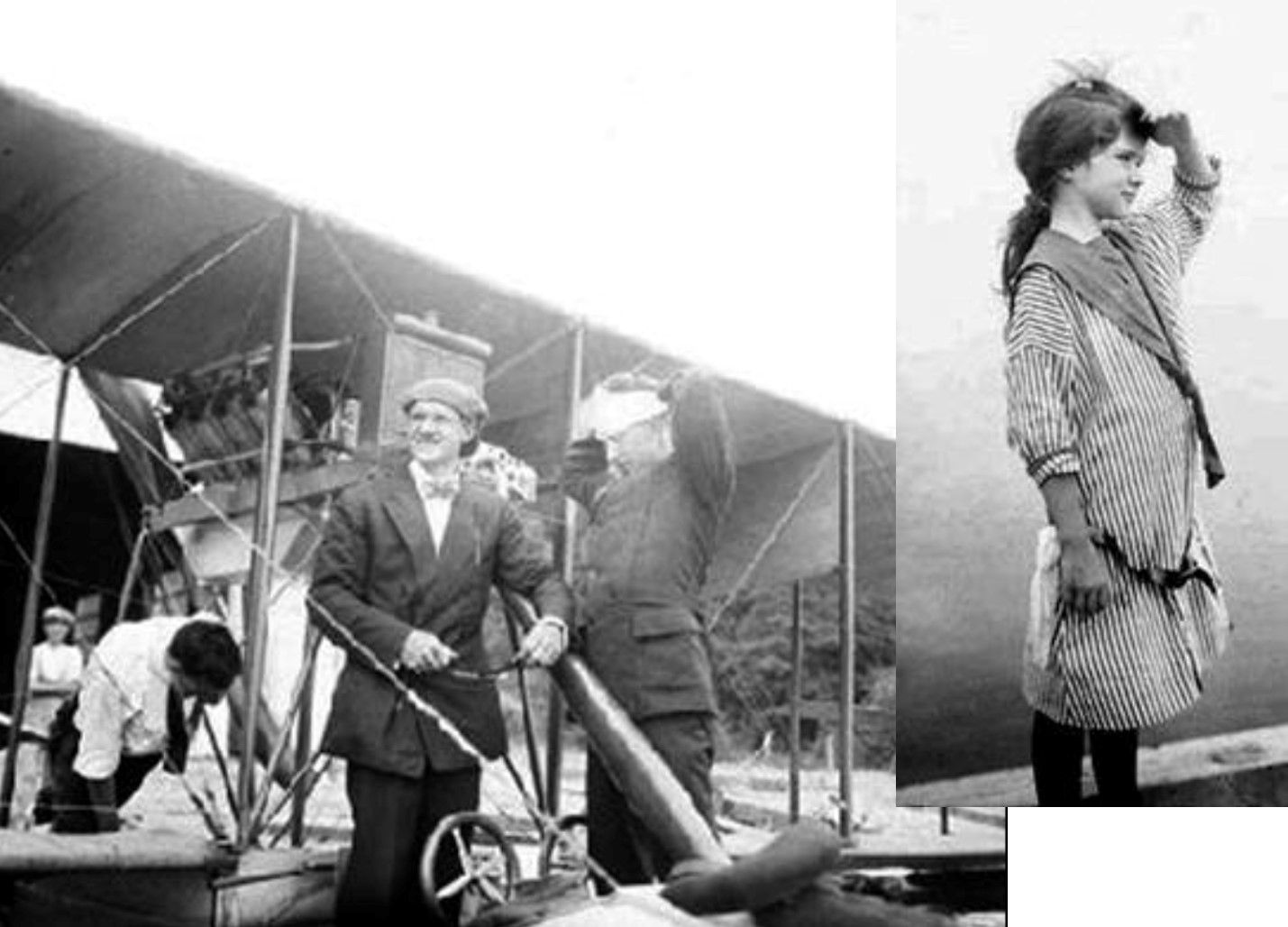
In keeping with the gardens, the interior of the house was filled with Italian antiques, tapestries and art.

By 1913 the McCormicks were living separate lives. Edith McCormick was in Switzerland being treated for nervous strain by Dr. Carl Jung. For the rest of the decade, she and her daughters were either in Zurich, Switzerland or Chicago. Divorced in 1921, Mrs. McCormick retained Villa Turicum. She would rarely visit the estate, never have a meal there or stay the night. Nevertheless, Villa Turicum remained fully staffed and ready for her return.
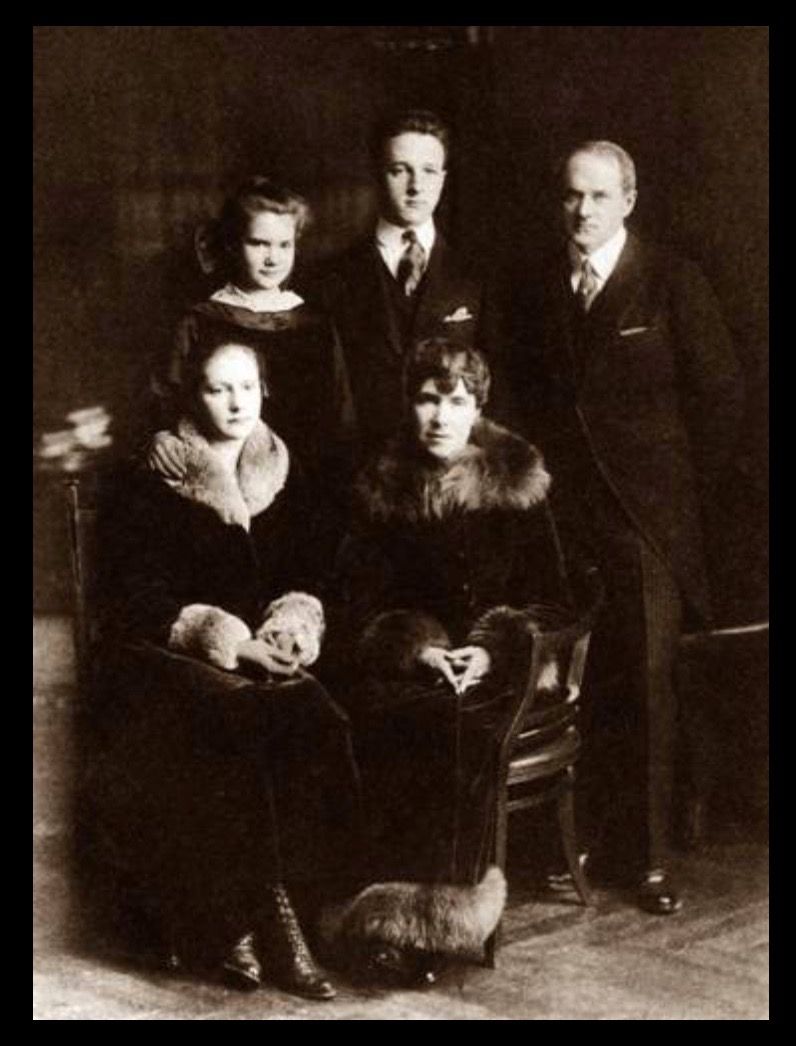
Edith Rockefeller, once one of the wealthiest women in America, died in 1931 at the Drake Hotel in Chicago, her fortune spent. In 1934, $3 million in personal property went up for auction and realized only $25,000. This was the beginning of the end for Villa Turicum. In 1947, a real estate syndicate purchased the estate and most of the acreage for $77,000, plus $160,000 in back taxes.
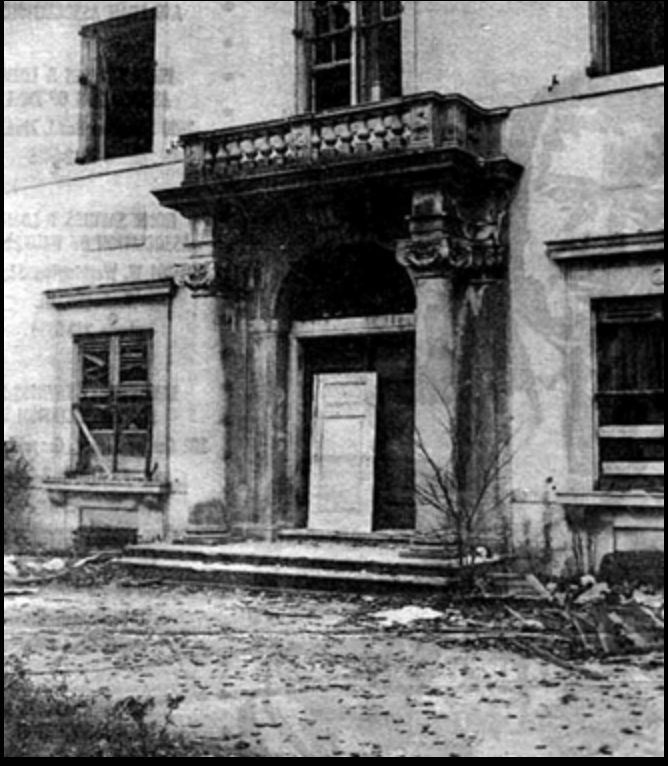
The property was eventually offered to the city of Lake Forest in the early 1950s, but not accepted. Finally, in 1956, Robert Kendler of Community Builders, Inc., purchased the remains of the estate for $150,000, plus $600,000 in back taxes and penalties. The house, which had been battered by the elements and vandalized for years, was torn down and the property divided into 161 home lots. The subdivision is called Villa Turicum.
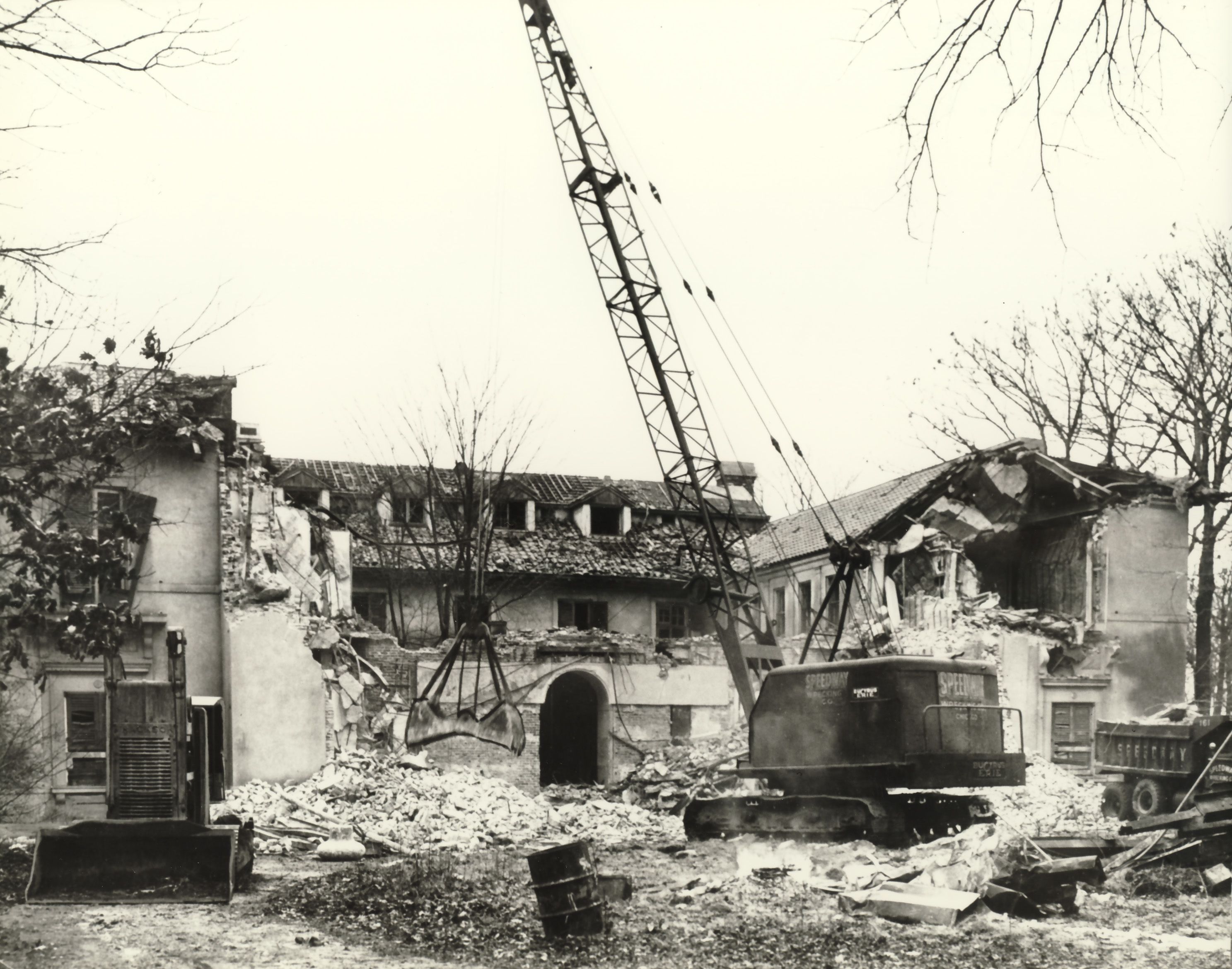
A private residence has recently been built near the site of the old mansion. The owners have restored part of the gardens, terraced stairs and watercourse, having found original stone scattered along the bluff.

